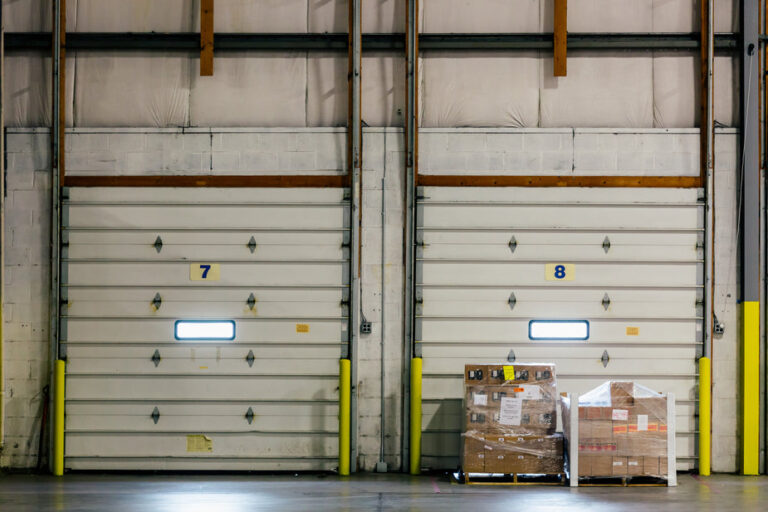Once synonymous with the 2008 global financial crisis, collateralised debt obligations (CDOs) have quietly returned to the global stage—albeit in a more regulated and transparent form. In 2025, the Australian market is seeing renewed interest in these complex financial products, as institutional investors search for yield in a low-rate, high-liquidity world. Let’s break down what CDOs are, how they function today, and what every savvy investor should know about their risks and rewards.
What Are Collateralised Debt Obligations?
At their core, CDOs are a type of structured finance product. They bundle together pools of income-generating assets—like corporate bonds, mortgages, or loans—then slice them into different risk levels (tranches) and sell them to investors. Each tranche comes with its own risk and return profile, allowing investors to choose their preferred exposure.
- Senior tranches get paid first and are considered the safest, but offer lower yields.
- Mezzanine tranches sit in the middle, balancing risk and return.
- Equity tranches (or junior tranches) take the first loss if assets default, but offer the highest potential returns.
In the Australian context, CDOs have historically included pools of residential mortgage-backed securities (RMBS), corporate loans, and even infrastructure debt. In 2025, as the market matures, we’re seeing more tailored structures—sometimes focused on green assets or ESG-compliant debt.
The CDO Comeback: Regulation and Innovation in 2025
The CDOs of 2025 are not the wild west products of the early 2000s. Regulatory changes, both in Australia and globally, have forced issuers to adopt more robust disclosure, risk retention, and due diligence requirements. The Australian Prudential Regulation Authority (APRA) and Australian Securities & Investments Commission (ASIC) have been especially vigilant:
- Risk retention rules: Issuers must now retain a portion of the CDO’s risk on their own books, aligning their incentives with investors.
- Transparent reporting: Ongoing performance data and asset pool characteristics must be disclosed to investors.
- Stress testing: CDOs are stress-tested against adverse economic scenarios, with results disclosed to buyers.
On the innovation front, some Australian banks and fund managers are experimenting with green CDOs, pooling loans for renewable energy projects or sustainable infrastructure. This trend reflects a broader shift toward impact investing, as super funds and institutional investors seek products that align with ESG mandates.
Risks, Rewards, and Real-World Examples
Despite the new safeguards, CDOs remain complex and not without risk. The main concern is correlation risk: if the underlying assets default in clusters (as happened in 2008), even senior tranches can take losses. However, with higher transparency and better modelling, investors in 2025 are better equipped to assess these risks.
Consider the recent Australian Infrastructure CDO 2025 Series, which pooled infrastructure loans from across the country. Senior tranches, with a AAA rating, offered yields of 4.1%—attractive compared to government bonds. Equity tranches were snapped up by hedge funds chasing double-digit returns, but with the understanding that they could lose everything in a downturn.
Key takeaways for investors:
- Understand the underlying assets: Not all CDOs are created equal. The quality and diversification of the asset pool is paramount.
- Check the structure: Who is the issuer? What’s their track record? What are the loss waterfalls and triggers?
- Beware of complexity: If the product is too complex to understand, think twice before investing—no matter the yield.
What’s Next for CDOs in Australia?
As the Reserve Bank of Australia maintains a cautious stance on interest rates and capital markets remain flush with liquidity, demand for yield is pushing institutional investors to consider CDOs as part of their broader fixed income strategy. Expect further innovation in ESG-linked CDOs and more active participation from superannuation funds as they diversify away from traditional assets.
With regulatory oversight tightening and transparency improving, CDOs in 2025 offer both promise and peril. For those willing to do their homework, they can be a useful tool in a diversified portfolio—but the lessons of the past must never be forgotten.


